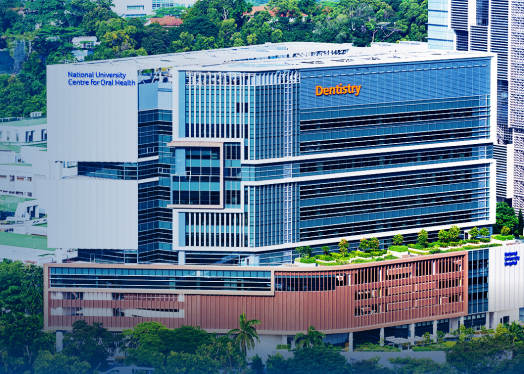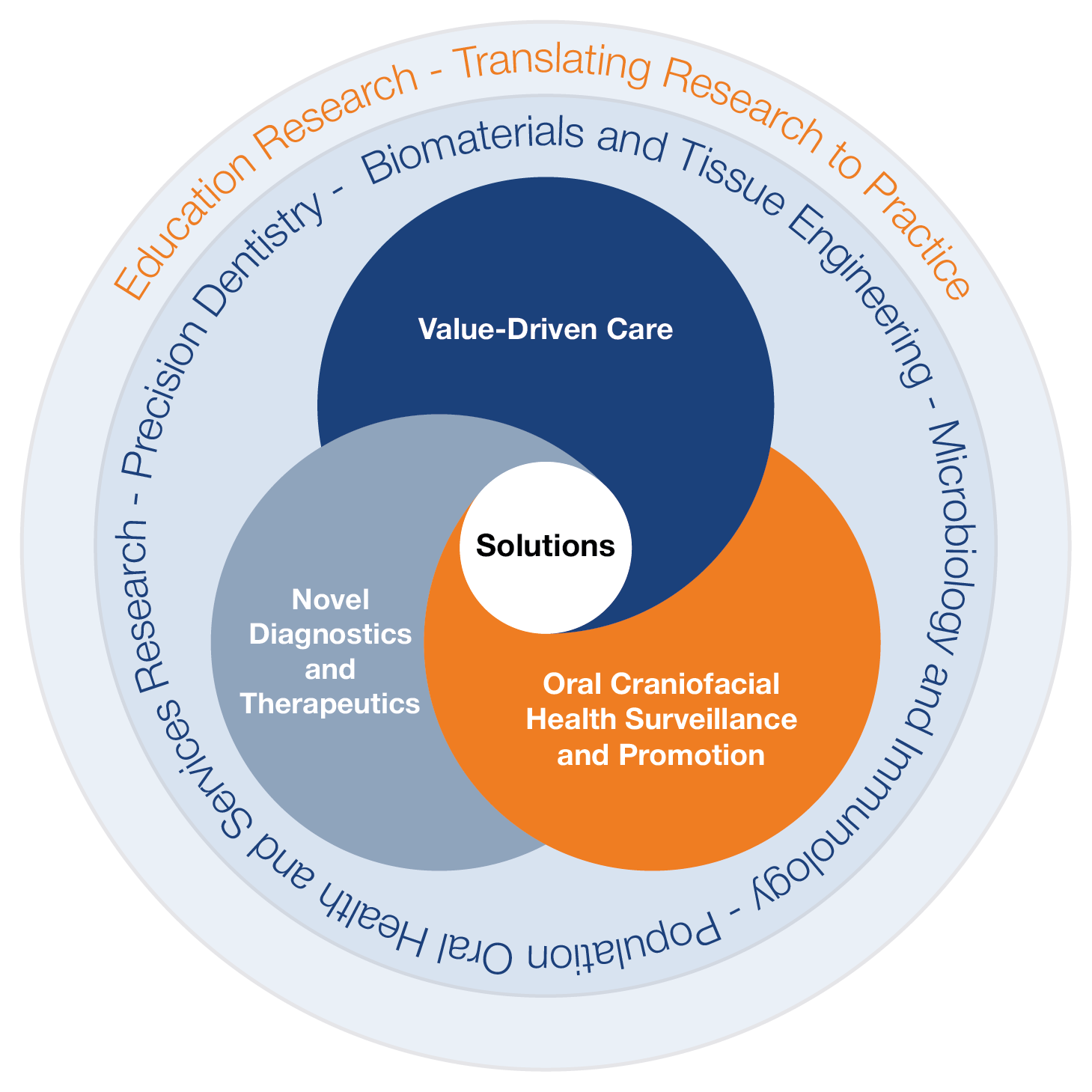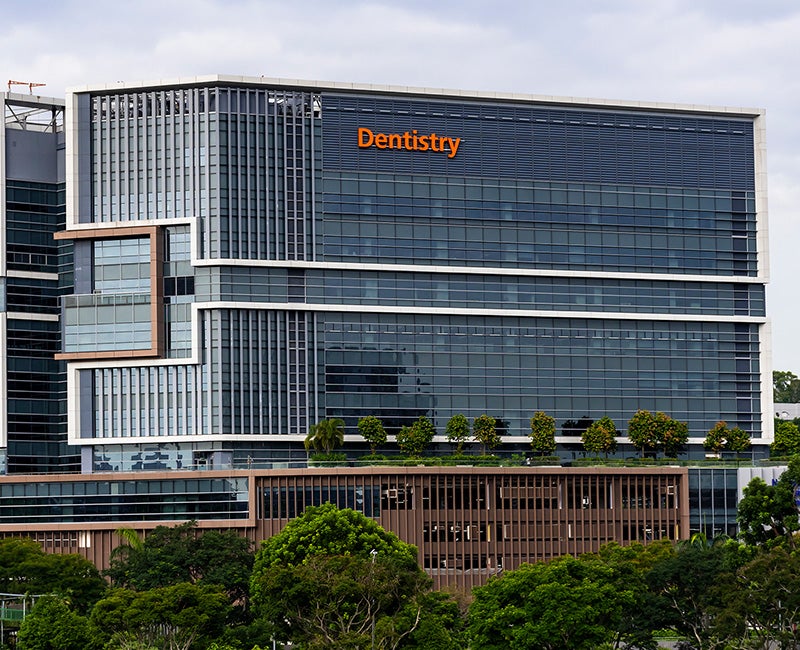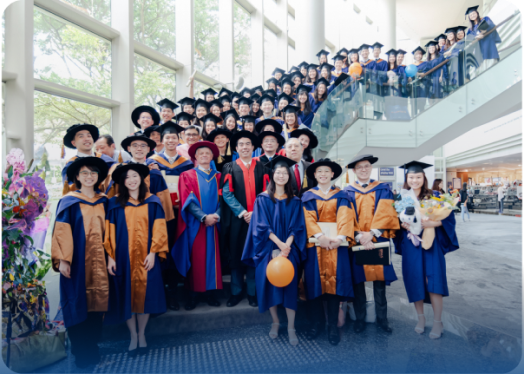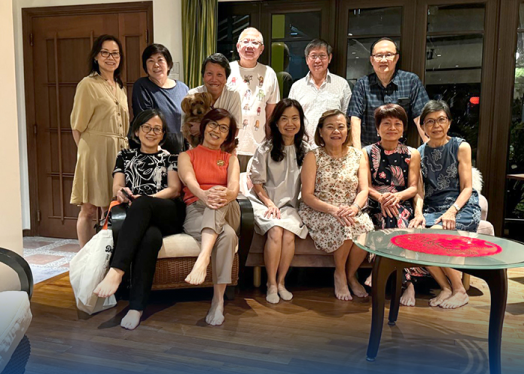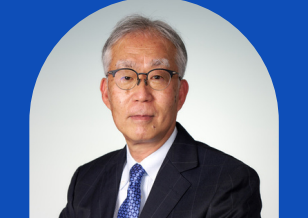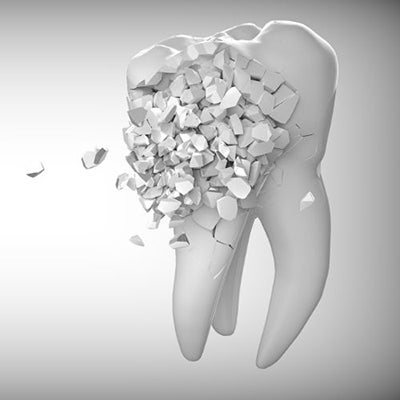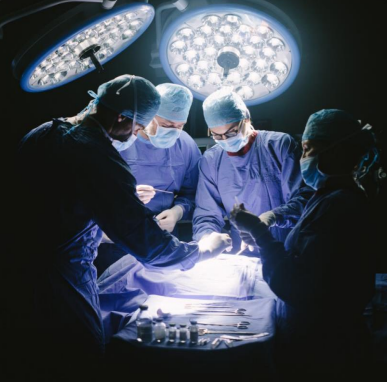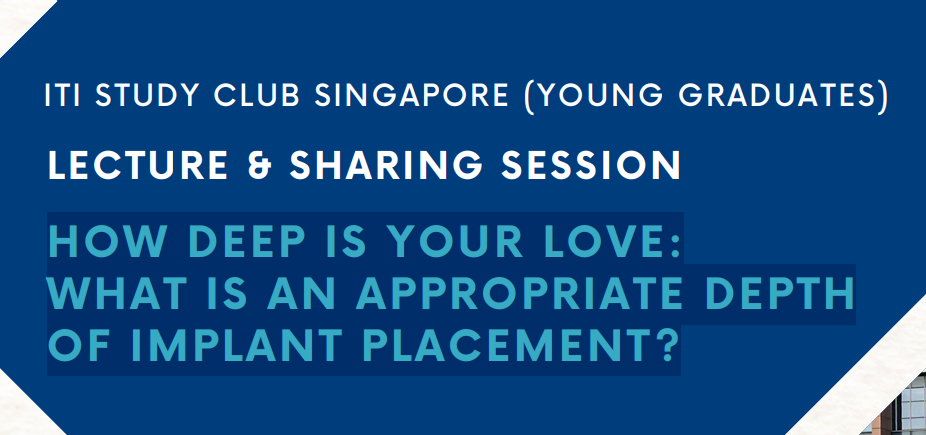- Home
- About
- Education
- Discover Education
- Undergraduate
- Prospective Students
- Student Life
- Undergraduate Overseas Elective Programme (Inbound)
- Graduate Studies
- Graduate Studies and MDS Specialist Committees
- Prospective Graduate Students
- Clinical Attachment Programme
- MDS Residency Programmes
- Endodontics
- Oral & Maxillofacial Surgery
- Orthodontics
- Paediatric Dentistry
- Periodontology
- Prosthodontics
- Graduate Diploma Courses
- Dental Implantology
- Geriatric Dentistry
- Graduate Degree (Research)
- Master of Science (MSc)
- Doctor of Philosophy (PhD)
- Lifelong Learning (CADE)
- Student Support
- Scholarships & Financial Aid
- Student Achievements
- Research
- Research Thrusts
- Graduate Degree (Research)
- Master of Science (MSc)
- Doctor of Philosophy (PhD)
- Research Groups
- Biomaterials and Tissue Engineering
- Microbiology and Immunology
- Population Oral Health and Services Research
- Precision Dentistry
- Oral Care, Health Innovations and Designs Singapore (ORCHIDS)
- Resources
- Biostatistics
- Clinical Research Unit
- Research Administration
- Research Laboratory
- Achievements
- Clinical Services
- Giving
- Alumni
- News
- Events
- Press
- Contact Us
Graduate Studies and Lifelong Learning
Loading view.
How Deep Is Your Love: What Is An Appropriate Depth Of Implant Placement?
At first, this may seem like a simple question — surely, we just follow the bone level, right? But in reality, this approach doesn’t always lead to the best outcome. When dealing with uneven ridge heights or aesthetic zones, placement depth becomes a more nuanced decision.
If the implant is placed too shallow, and there may not be enough room to shape a natural-looking restoration. If it is placed too deep, there might be risk of complications such as peri-implantitis or bone loss. This
lecture distils the concept down to one guiding principle: The appropriate implant depth should support an ideal mucosal emergence.
Lectures by Dr Naseem Ghazali
Robotic technology is redefining oral and maxillofacial surgery by enabling minimally invasive approaches with greater precision and improved patient recovery. This talk will focus on the application of Transoral Robotic Surgery (TORS) in head and neck oncology. Dr Ghazali will be sharing her extensive clinical experience including the setting up of one of the UK’s first established TORS services.

